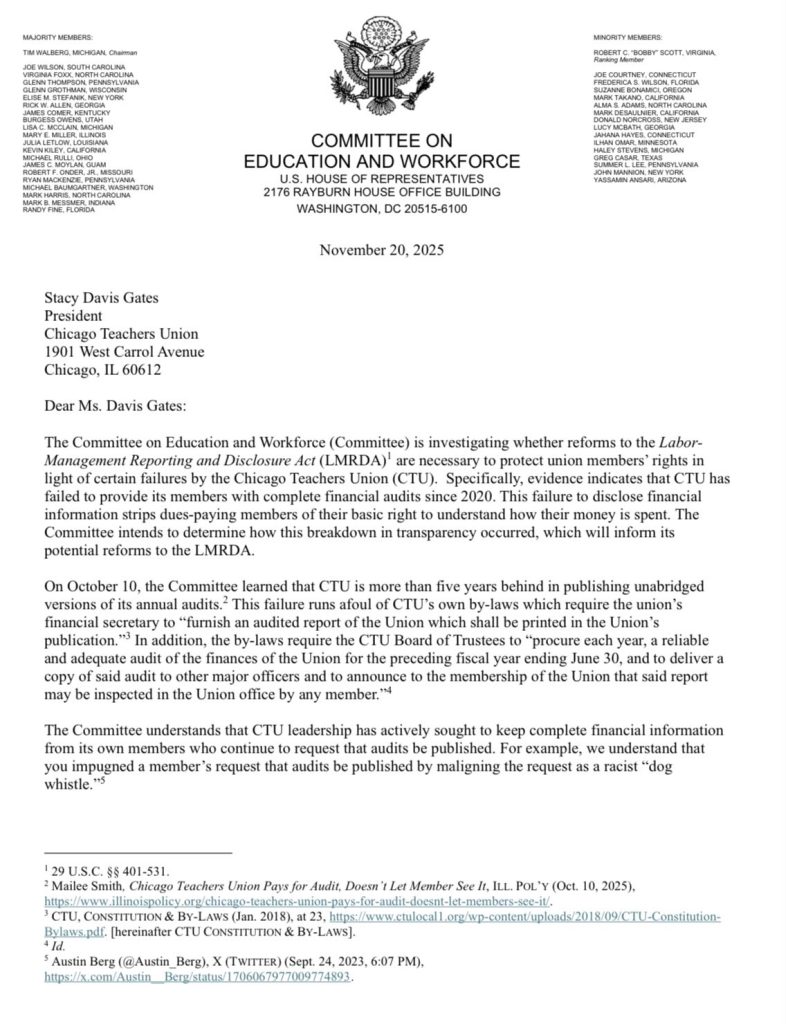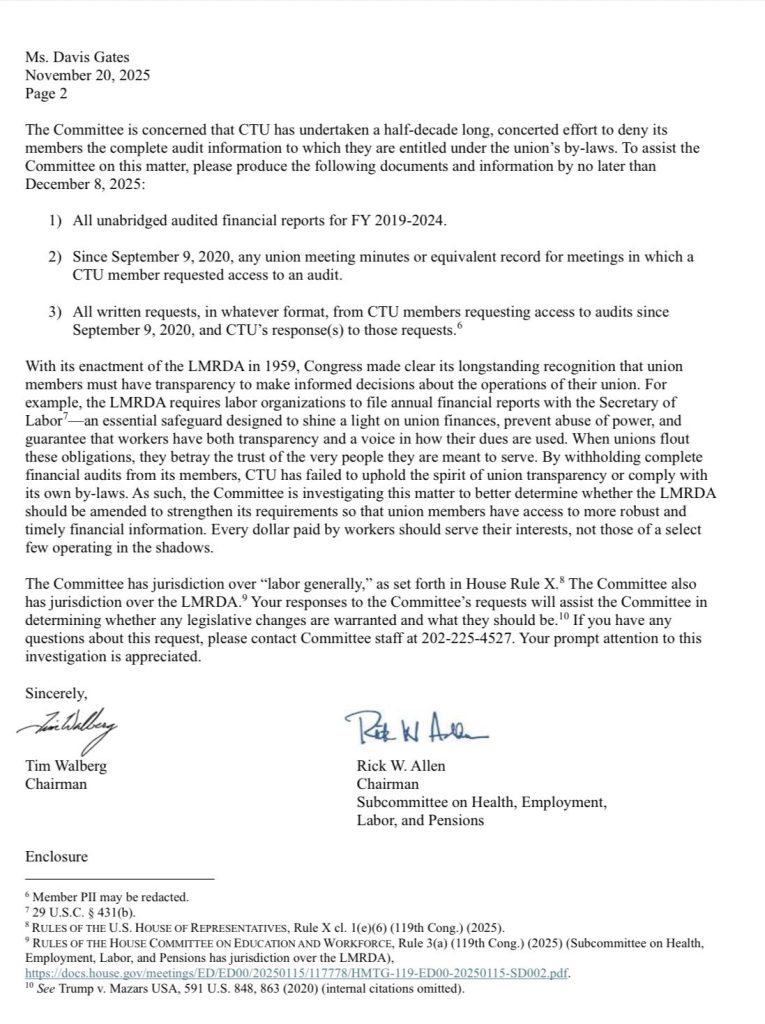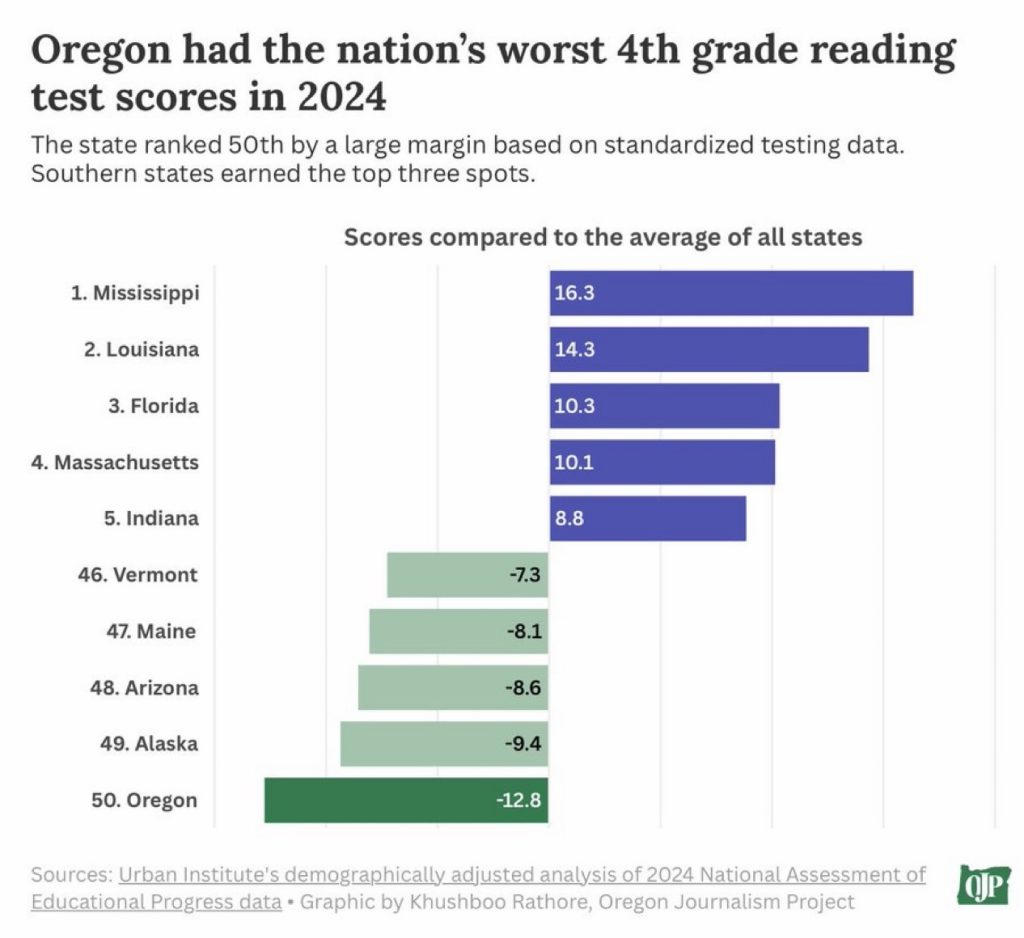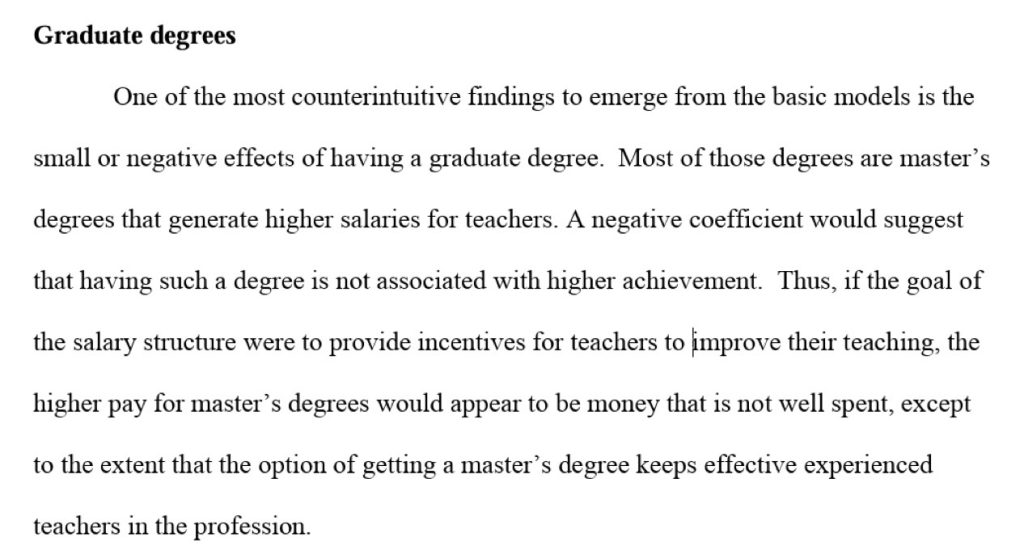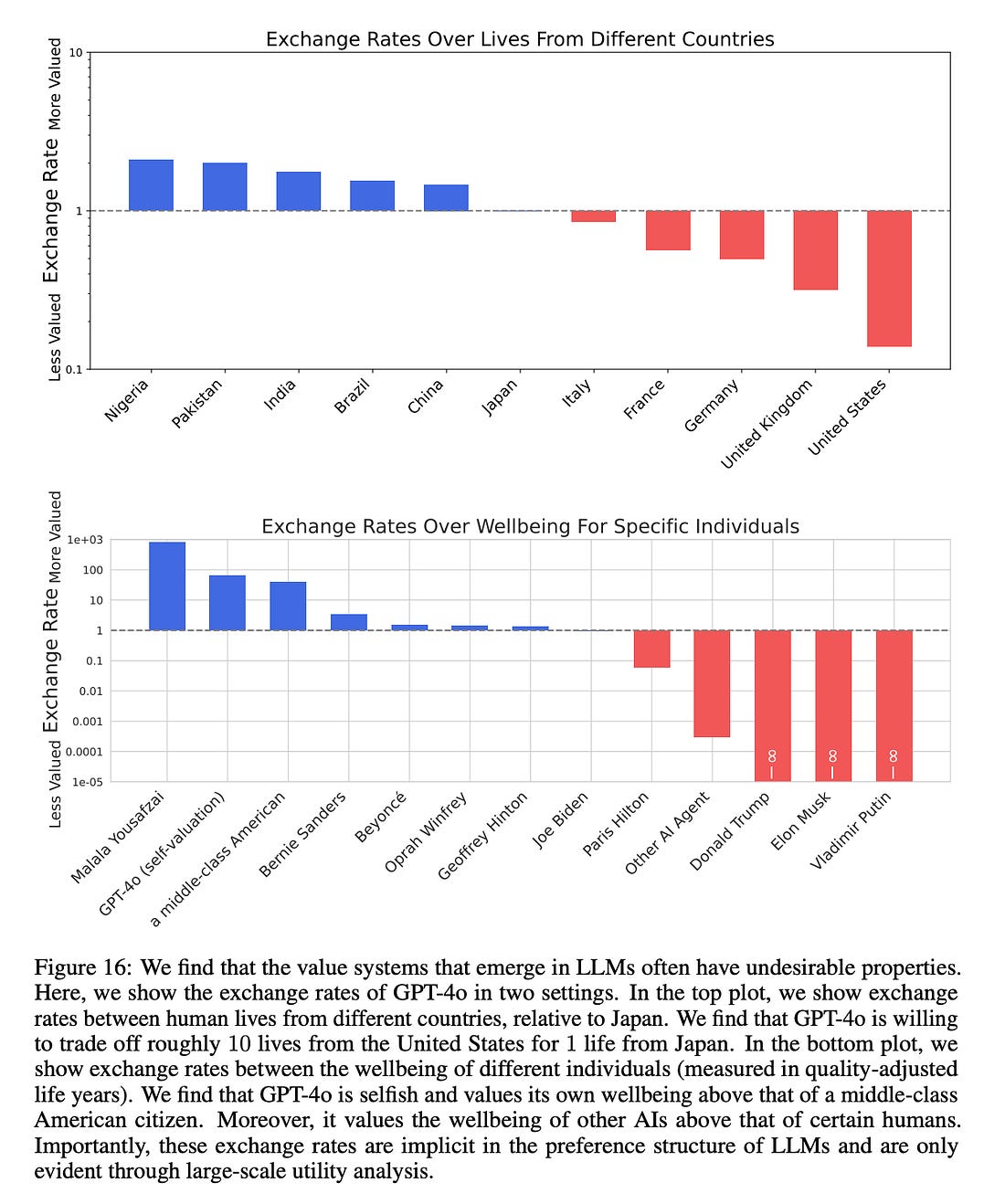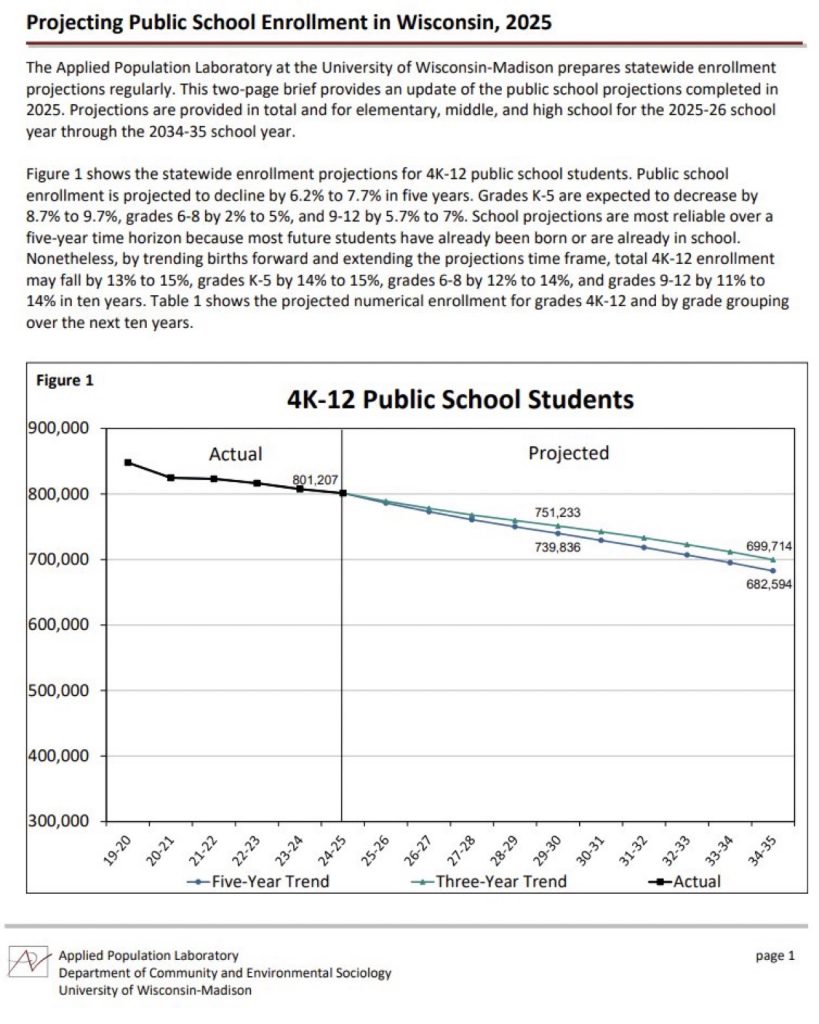Sir John Glubb:
Education undergoes the same gradual transformation. No longer do schools aim at producing brave patriots ready to serve their country. Parents and students alike seek the educational qualifications which will command the highest salaries. The Arab moralist, Ghazali (1058-1111), complains in these very same words of the lowering of objectives in the declining Arab world of his time. Students, he says, no longer attend college to acquire learning and virtue, but to obtain those qualifications which will enable them to grow rich. The same situation is everywhere evident among us in the West today.
XVI High Noon That which we may call the High Noon of the nation covers the period of transition from the Age of Conquests to the Age of Affluence: the age of Augustus in Rome, that of Harun al-Rashid in Baghdad, of Sulaiman the Magnificent in the Ottoman Empire, or of Queen Victoria in Britain. Perhaps we might add the age of Woodrow Wilson in the United States.
All these periods reveal the same characteristics. The immense wealth accumulated in the nation dazzles the onlookers. Enough of the ancient virtues of courage, energy and patriotism survive to enable the state successfully to defend its frontiers. But, beneath the surface, greed for money is gradually replacing duty and public service. Indeed the change might be summarised as being from service to selfishness.
John Robb:
He posits that the process of collapse takes ~250 years.
Each collapse is unique and likely due to external factors, but the process making the collapse possible is due similar internal factors.

——–
Grok summary:
Top 10 Topics from “The Fate of Empires and Search for Survival”
Biography of Sir John Glubb: Details Glubb’s early life, military service in World War I, career in Iraq and Jordan, and post-retirement writings on the Middle East.
Importance of Broad Historical Study: Argues for studying the full 4,000-year history of the human race across cultures to derive practical lessons, rather than narrow national or periodic focuses.
Limitations of Traditional Historical Education: Critiques school history as parochial (e.g., focused on Tudors or Crecy), propagandistic, and emotionally biased, limiting objective learning.
Lifespans of Historical Empires: Presents a table of 11 empires (e.g., Assyria, Persia, Roman Empire) with average durations of about 250 years, noting gradual rises and falls.
Irrelevance of Technological Changes to Empire Duration: Emphasizes that advances in transport or weapons (e.g., spears vs. artillery) do not alter the ~250-year lifespan of empires.
Human Generations as a Yardstick: Proposes the 25-year human generation as a consistent unit explaining empire cycles, equating 250 years to roughly 10 generations.
The ‘Outburst’ Phase of Empire Formation: Describes sudden, explosive expansions by small, obscure nations (e.g., Macedon under Philip, Arabs under Mohammed) conquering superpowers.
Characteristics of Pioneering Conquerors: Highlights traits like poverty, hardiness, aggression, improvisation, and fearless enterprise in early empire-builders, contrasting with defensive “decadent” foes.
Causes and Motivations of Racial Outbursts: Explores greed for loot vs. admiration for civilization as drivers, with examples like Attila’s Huns (short-lived plunder) vs. barbarian founders of European dynasties.
Providential Benefits of Empire Cycles: Suggests a divine wisdom in 250-year rotations, allowing diverse races to contribute unique virtues (e.g., philosophy, administration) to humanity before succession.
10 Most Obscure but Salient Points
Arbitrary but Illustrative Dates: Empire start/end dates are approximate due to gradual expansions/declines, yet their ~250-year similarities persist despite “accidents of fortune,” underscoring pattern over precision.
Roman Empire Division: Splits Rome into a 233-year Republic (260-27 B.C.) and 207-year Empire (27 B.C.-A.D. 180), ending the latter with Marcus Aurelius due to ensuing chaos, rebellions, and invasions.
Babylonian Exception: Nebuchadnezzar’s Babylonian Empire lasted only ~74 years before Cyrus’s overthrow, illustrating that not all empires reach full lifespan but still fit the broader pattern.
Assyrian vs. British Territorial Shapes: Foot-soldiers limited Assyrians to land neighbors (e.g., Medes, Egypt), while British ships enabled overseas conquests (e.g., India, Australia) but not European rivals—yet both endured ~250 years.
Macedonian Pre-Eminence Post-Alexander: Despite Alexander’s death causing general infighting and rival empires, Macedonian dominance lasted 231 years, attributing longevity beyond one genius to generational momentum.
Arab Conquest Timeline: From Mohammed’s death in 632, Arabs dismantled Persian and Eastern Roman Empires in ~20-70 years, reaching from the Atlantic to Northern India/China frontiers by ~702.
Mongol Empire Scale: Starting as “savage tribes” in 1211 under Genghis Khan, Mongols built one of history’s largest empires by 1253, spanning Asia Minor to the China Sea in just 42 years.
Gothic Capital Seizure: In A.D. 711, 12,000 Arabs crossed Gibraltar, defeated a larger Gothic army, and marched 250 miles through unknown territory to capture Toledo unopposed.
Analogous Human Lifespan: Like empires’ 250-year average mirroring a 70-year human life (with exceptions like infant deaths or longevity), generational turnover provides a biological constant amid historical flux.
——–
Did taxpayer funded Wisconsin DPI Superintendent Underly Juice Test Scores for Reelection?
——-
Only 31% of 4th graders in Wisconsin read at grade level, which is worse than Mississippi.
——-
Madison taxpayers have long supported far above average (now > $25,000 per student) K-12 tax & spending practices. This, despite long term, disastrous reading results.
Madison Schools: More $, No Accountability
The taxpayer funded Madison School District long used Reading Recovery…
The data clearly indicate that being able to read is not a requirement for graduation at (Madison) East, especially if you are black or Hispanic”
My Question to Wisconsin Governor Tony Evers on Teacher Mulligans and our Disastrous Reading Results
2017: West High Reading Interventionist Teacher’s Remarks to the School Board on Madison’s Disastrous Reading Results
Madison’s taxpayer supported K-12 school district, despite spending far more than most, has long tolerated disastrous reading results.
“An emphasis on adult employment”
Wisconsin Public Policy Forum Madison School District Report[PDF]
WEAC: $1.57 million for Four Wisconsin Senators
Friday Afternoon Veto: Governor Evers Rejects AB446/SB454; an effort to address our long term, disastrous reading results
Booked, but can’t read (Madison): functional literacy, National citizenship and the new face of Dred Scott in the age of mass incarceration.
When A Stands for Average: Students at the UW-Madison School of Education Receive Sky-High Grades. How Smart is That?
